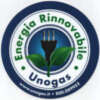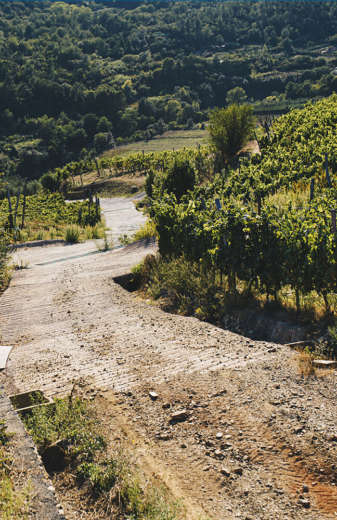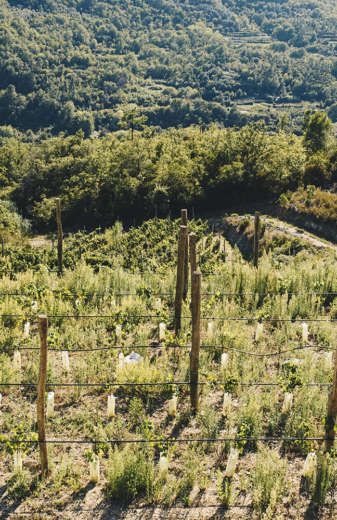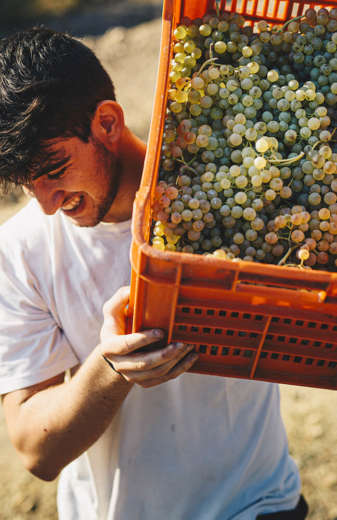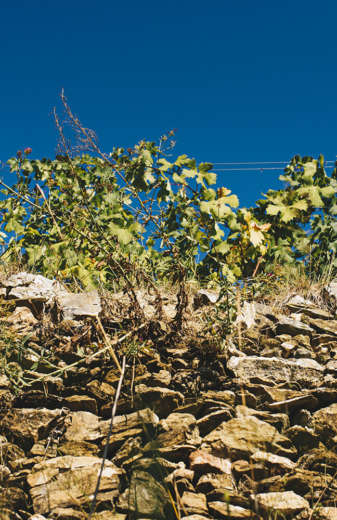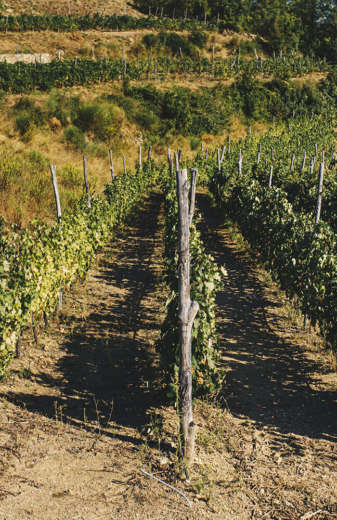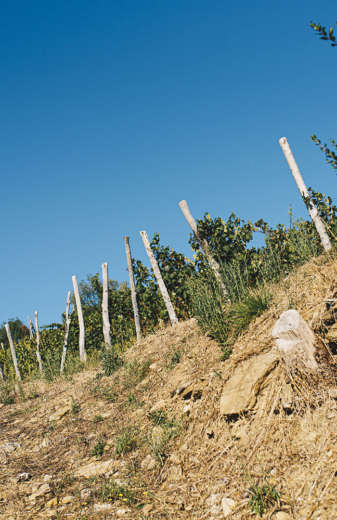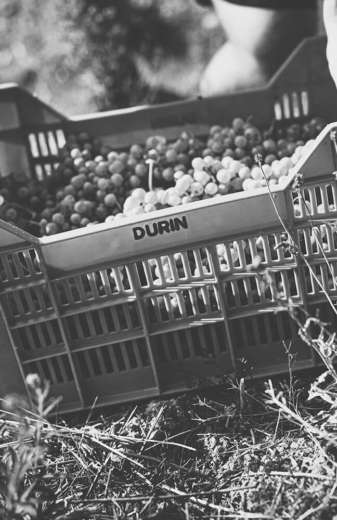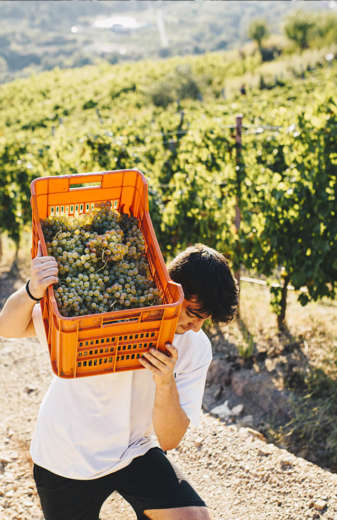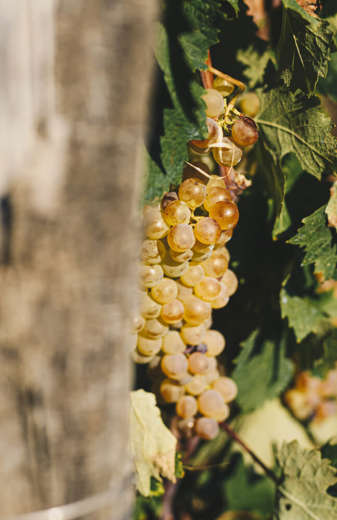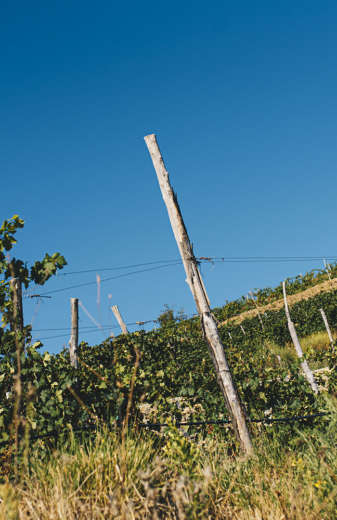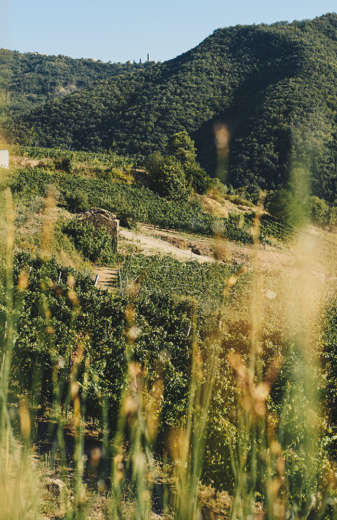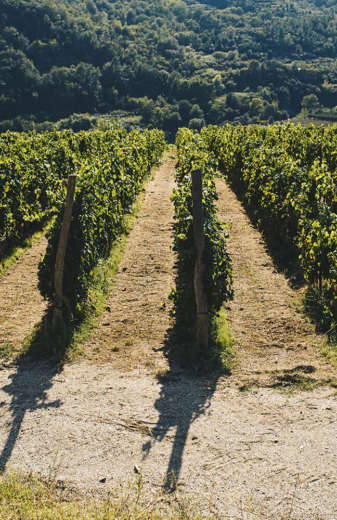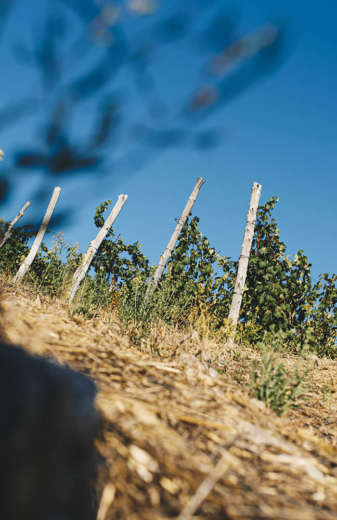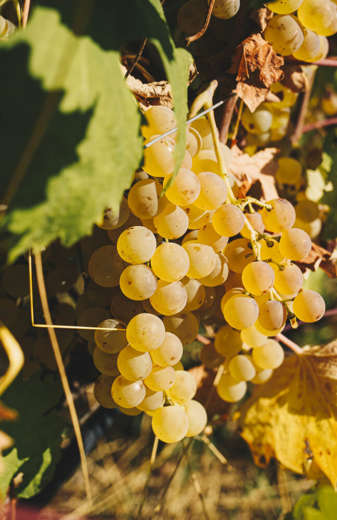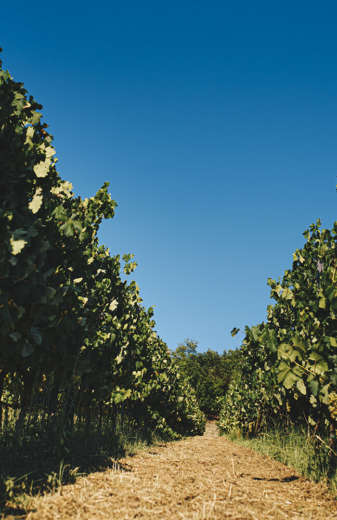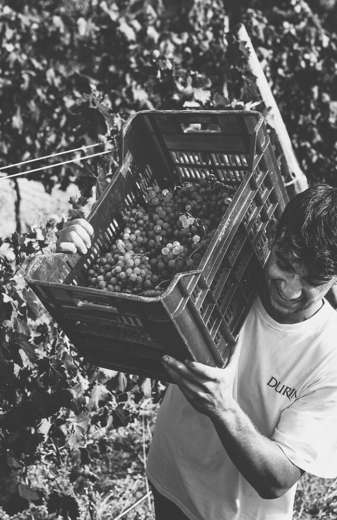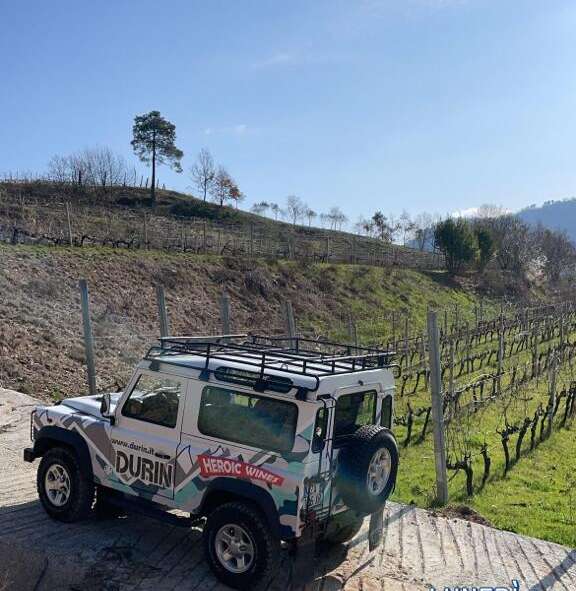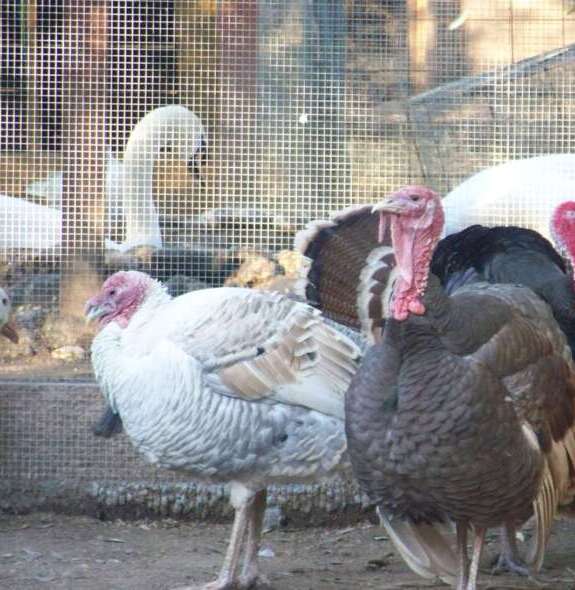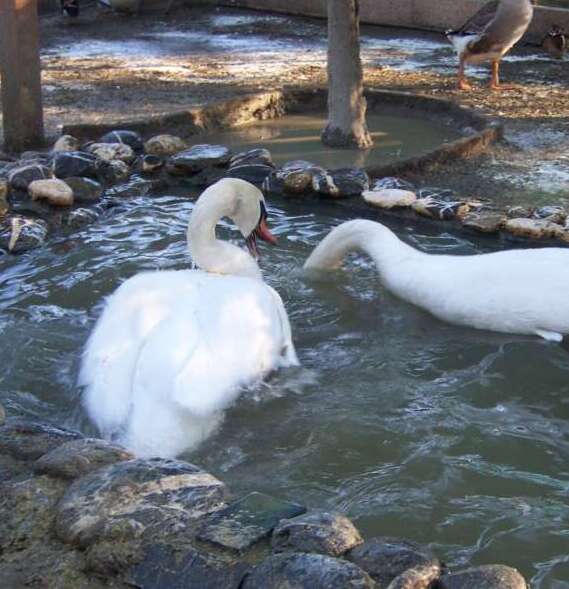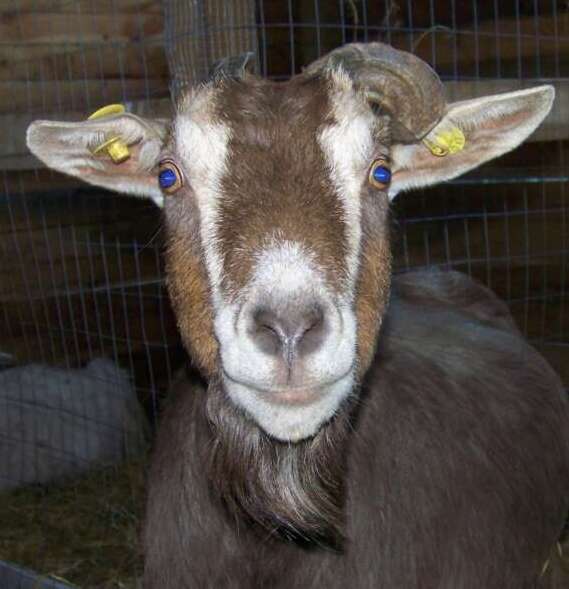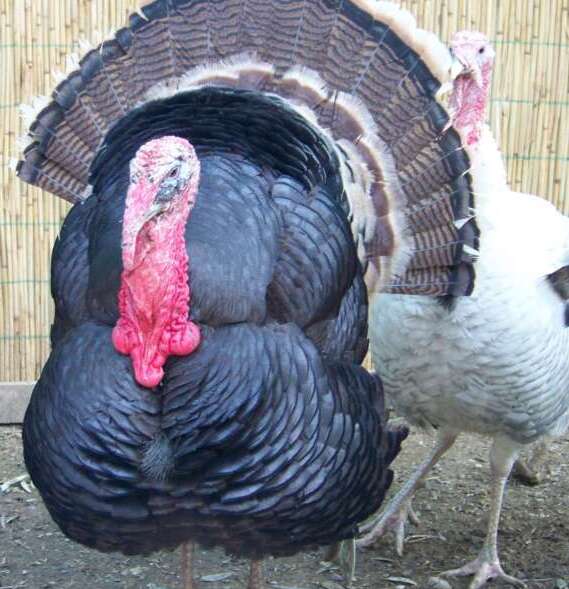The vineyards, a combination of beauty and hard work
Durin's vineyards are the symbol of Ligurian viticulture whose peculiar traits are patches of land that embrace different landscapes at the same time providing unparalleled breath-taking views.
A less appreciated downside, for those growing vines, are the steep hill ranges which are very common even here in the Arroscia Valley in the province of Savona where, seated in 5 different municipalities – Ortovero, Ranzo, Onzo, Garlenda, Rialto – lay Durin's vineyards, covering a 16 and a half hectares area which is a remarkable amount considering the regional standards (the 7 hectares vineyard in the Onzo municipality is the biggest).
The farm owns 259 plots of land at the present day and the slopes differ from one wine-growing area to the other, ranging from 70 up to 600 m.a.s.l.. The ripening of Pigato, Vermentino, Rossese, Ormeasco, Barbera, Alicante, Granaccia, Syrah and Lumassina is made easier by the mild weather as well as by the sea breeze which covers juicy grapes bunches and star-shaped leaves with a light white layer. The wine saltiness, along with any other environmental condition will be found in the glass, after going through necessary and experimental processes in the cellar, which produces and releases wines with a peculiar Ligurian flavour.
OUR
VINEYARDS
Sustainability and territory
For four generations we have been the custodians of a fragile and damn beautiful territory. On one hand, the depth of the sea, the breeze, the salt caressing the berries of our grapes. On the other, the Ligurian Alps, memorials of heroic deeds of the past, protecting and giving us panoramas degrading from the snowy peaks to the olive trees, the oaks, the hornbeams and the Mediterranean scrub that surrounds our vineyards. Seen from above, our terraces at such different altitudes look like the embroidery of a great weave, and if on one hand they testify to the atavistic effort our ancestors made in stealing cultivable land from the harsh nature of these places, on the other they allow us to preserve the great biodiversity and ecosystems of our territory. This creates a balance over time that helps to improve the quality of the soil and not only that, because the presence of micro fauna and flora between the rows or around the vines is useful in containing vine pests. The vine has a wild soul and its roots reach into the deepest soil substrates in search of water and natural nutrients. Emergency irrigation of the vineyards is only envisaged for young vine shoots and/or particularly in dry years when the vines risk to suffer greatly. In many plots we have organised rainwater harvesting, channelling then the water into the drip system to have as little dispersion as possible.
We devote our time and resources to the constant maintenance of kilometres and kilometres of stone walls supporting the terraces and to the cleaning of canals and streams, to prevent hydrogeological damage, and country roads that are often so steep that only 4x4 or caterpillar vehicles can pass through them..
Ours is precision agriculture: we personally monitor the phenological development of all the vineyards and only intervene when necessary. Most of our plots allow us to carry out manual work only, and the human body emits very little CO2 into the atmosphere! And that's not all! In fact, we only use renewable energy for our winery!
We offer visitors eco-tourism, proudly showing them how we work and produce. On our farm we produce extra virgin olive oil and grow vegetables and fruit that we use fresh or as preserves to accompany our wine tastings. Many animals keep us company and provide precious manure for the garden and greenhouse (goats and donkeys), fresh eggs every day (chickens, ducks, geese, turkeys) and milk to produce ricotta and small cheeses.
